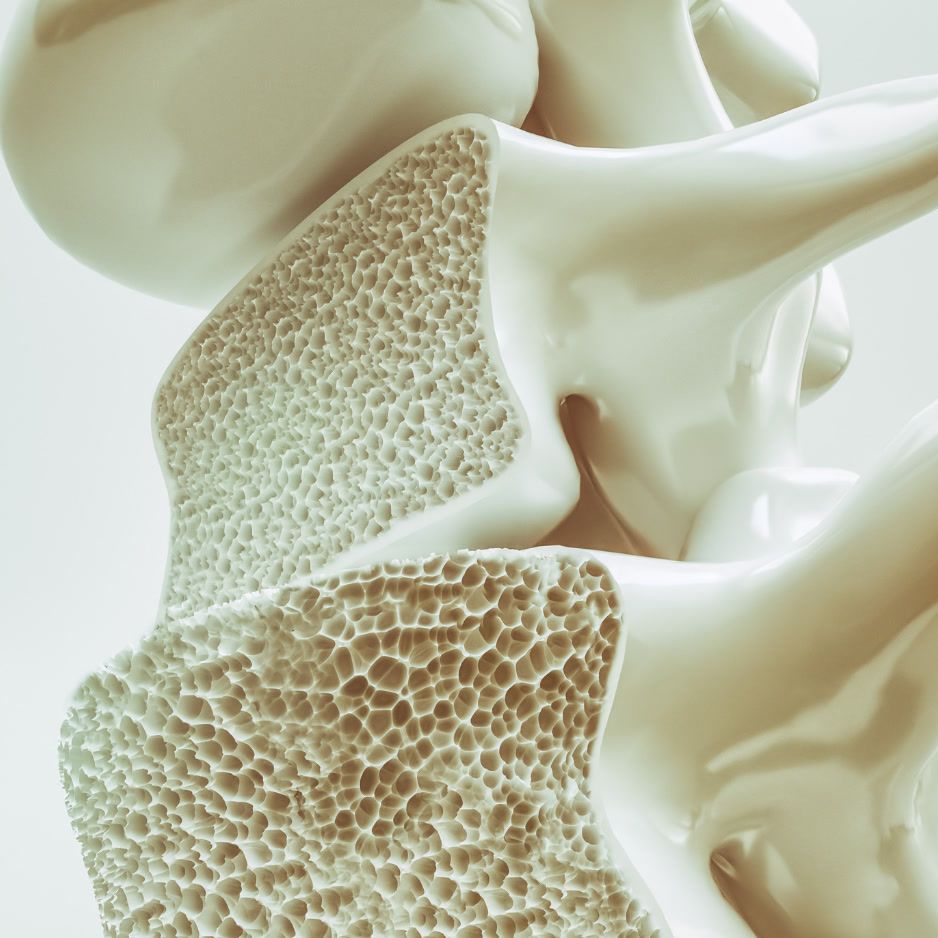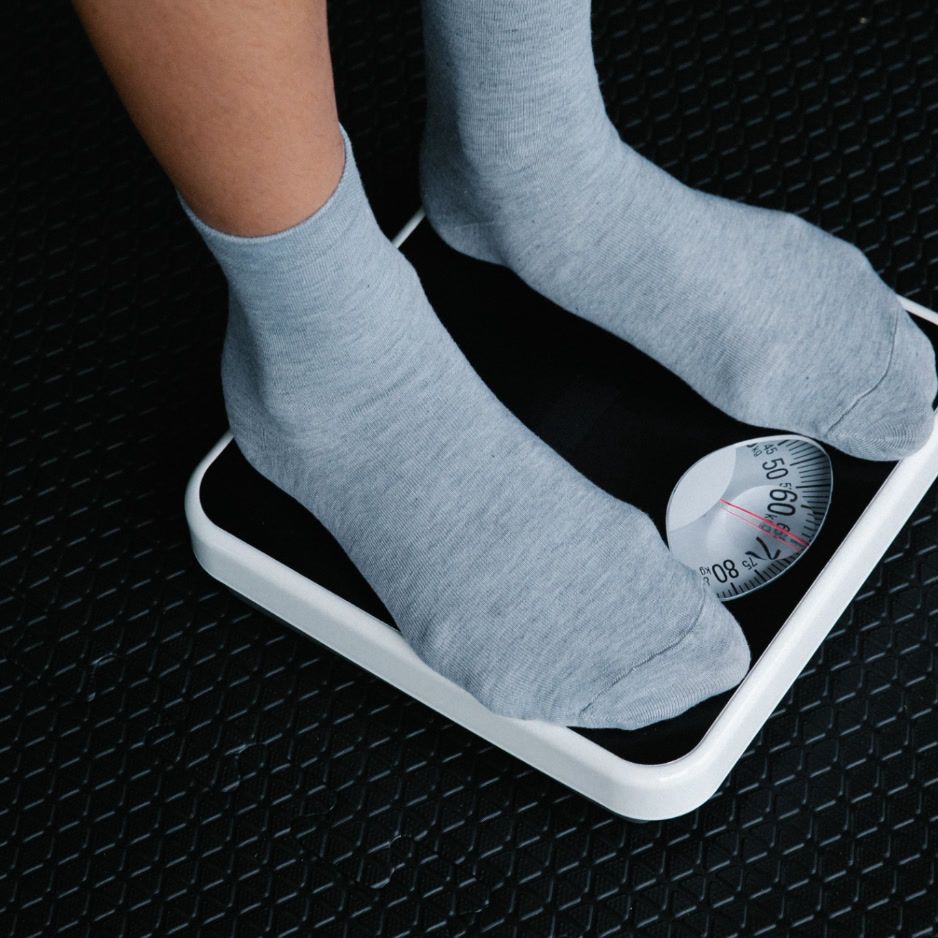Body Composition Exercises: Science-Backed Guide to Building Muscle and Burning Fat

Body Composition Exercises: The Complete Science-Backed Guide to Building Muscle and Burning Fat
Your scale tells you one number, but it can't tell you the whole story. What really matters for health and performance isn't just your weight—it's the precise ratio of muscle, fat, and bone tissue that determines your metabolic health, functional capacity, and physical appearance.
While countless fitness articles promise quick fixes, effective body recomposition requires strategic exercise selection backed by solid science. This comprehensive guide will teach you exactly which body composition exercises deliver the best results for simultaneously building muscle and burning fat, whether you're a complete beginner or an experienced gym-goer looking to break through plateaus.
What Are Body Composition Exercises?
Body composition exercises are movements designed to build muscle and burn fat at the same time, often by targeting multiple large muscle groups at once. These compound exercises create the optimal stimulus for body recomposition—gaining muscle while losing fat. The most effective body composition exercises include squats, deadlifts, push-ups, and pull-ups, which can be scaled from beginner to advanced levels.
Body Recomposition 101: The Science Behind Simultaneous Fat Loss and Muscle Gain
Body recomposition—the holy grail of fitness—involves losing fat while gaining muscle simultaneously. For decades, conventional wisdom suggested this was impossible outside of "newbie gains," but recent research challenges this belief. Studies now show that even trained individuals can achieve body recomposition with the right approach.
Why Body Composition Matters More Than Weight
Traditional metrics like BMI fail to distinguish between muscle and fat tissue, leading to misleading conclusions about health and fitness. A 200-pound athlete with 8% body fat has a vastly different health profile than a 200-pound individual with 25% body fat, despite identical BMI readings.
Body composition tracking reveals:
- Muscle mass distribution - crucial for metabolic health and functional strength
- Visceral fat levels - the dangerous fat surrounding internal organs
- Bone density - essential for long-term skeletal health
- Progress beyond the scale - revealing positive changes when weight plateaus
The Metabolic Advantage of Muscle Tissue
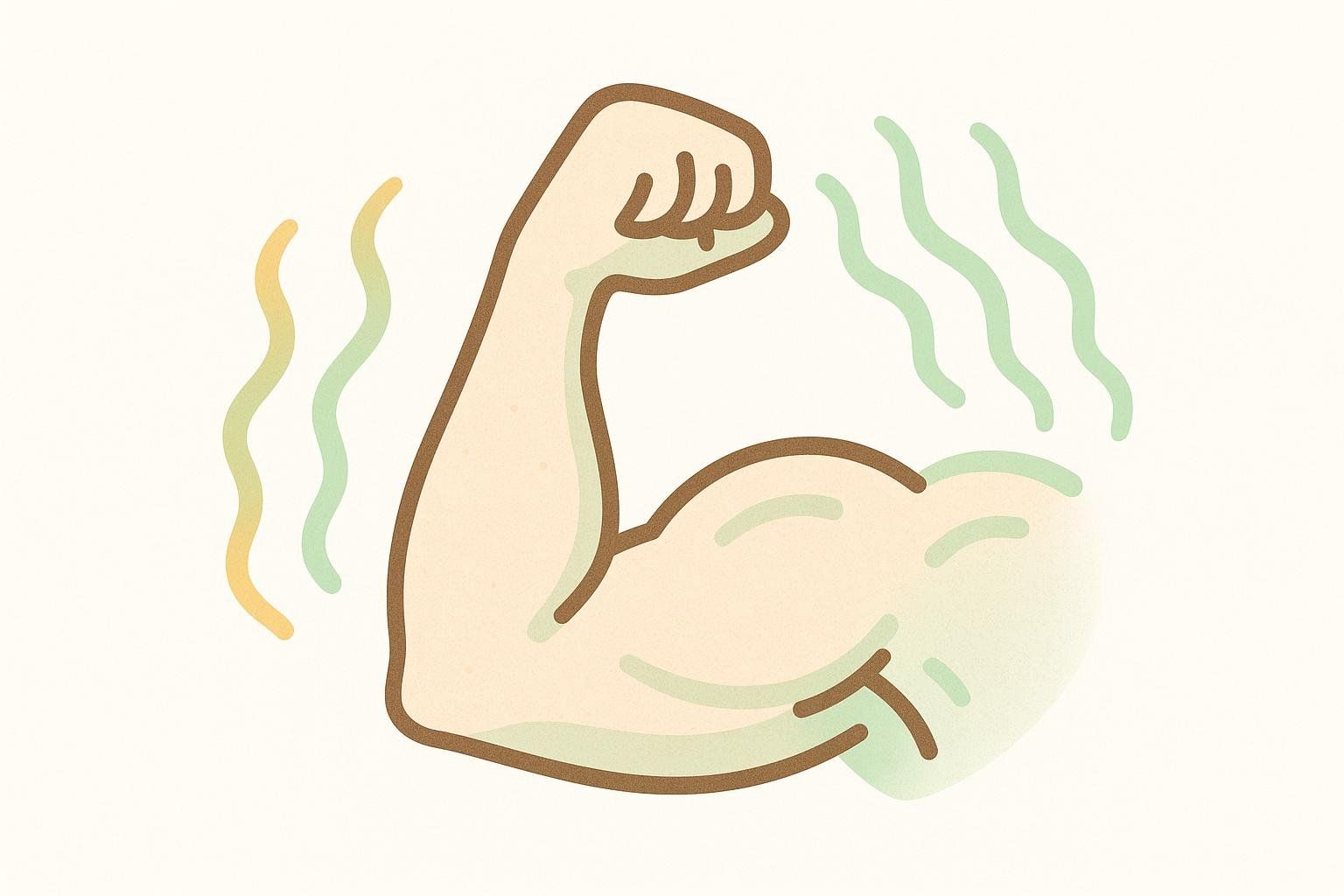
Research from the University of New Mexico shows that muscle tissue burns approximately 10-15 kcal/kg per day at rest (4.5-7.0 calories per pound). To put this in perspective, gaining just 10 pounds of muscle could increase your daily calorie burn by 45-70 calories.
This means building lean muscle mass creates a metabolic engine that continues working around the clock, making fat loss easier to achieve and maintain. Additionally, research published in the journal Frontiers in Physiology demonstrates that resistance training not only builds muscle but can significantly reduce body fat percentage, particularly when combined with proper nutrition strategies.
The 12 Most Effective Body Composition Exercises
Foundational Movements (Perfect for Beginners)

1. Bodyweight Squats
Squats are the undisputed king of lower body exercises, targeting your glutes, quadriceps, hamstrings, and core simultaneously. Studies show that compound exercises like squats create significant metabolic stress and muscle activation across multiple muscle groups.
How to perform:
- Stand with feet shoulder-width apart, toes slightly pointed out
- Lower your body as if sitting back into a chair, keeping your chest up
- Descend until your thighs are parallel to the floor
- Drive through your heels to return to standing position
Beginner modification: Use a chair behind you for guidance, lowering until you lightly touch the seat.
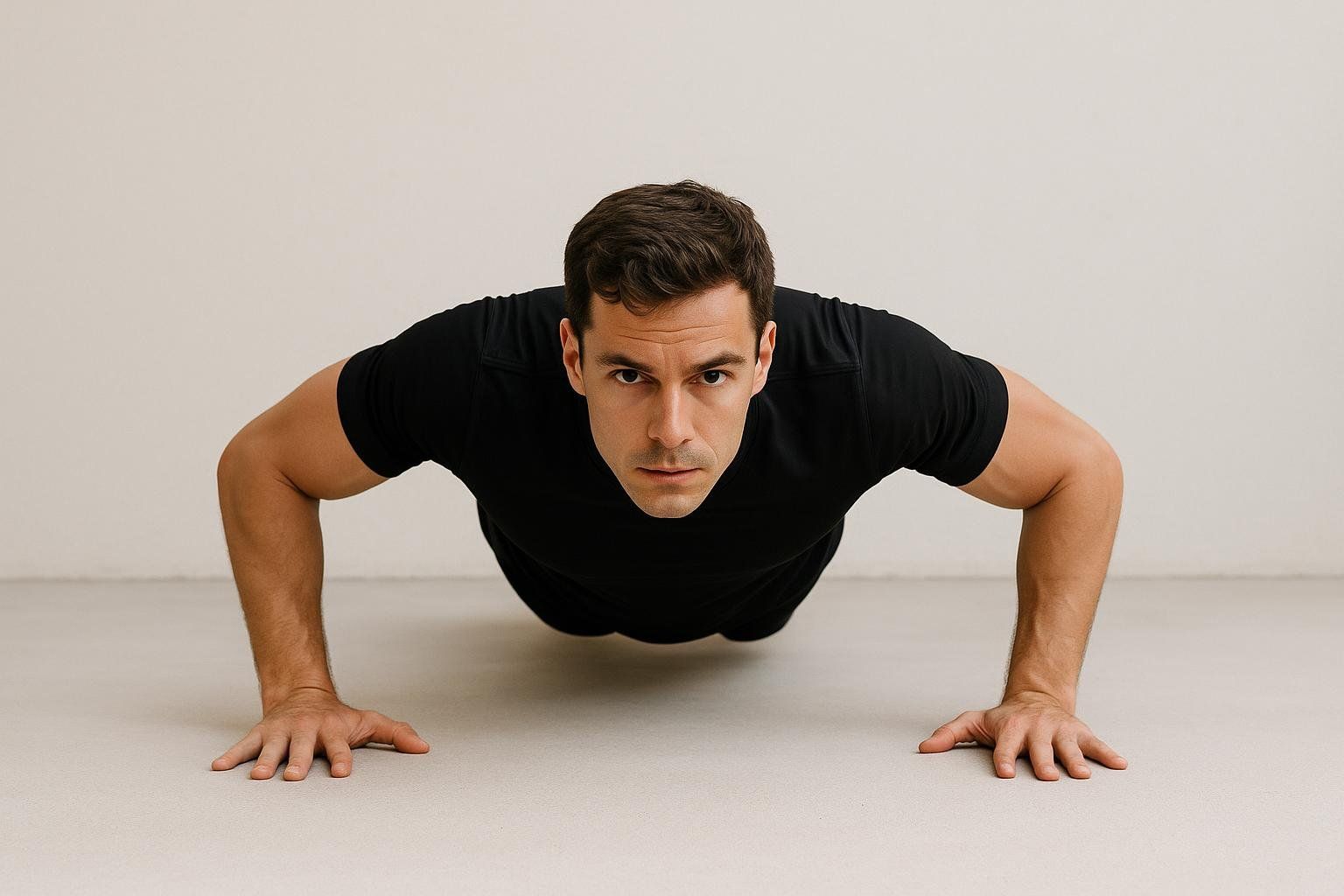
2. Push-Ups
This classic exercise targets your chest, shoulders, triceps, and core while requiring zero equipment. Push-ups are incredibly scalable, making them perfect for any fitness level.
How to perform:
- Start in a plank position with hands slightly wider than shoulder-width apart
- Lower your body until your chest nearly touches the floor
- Push back up to the starting position, maintaining a straight line from head to heels
Beginner modification: Perform on your knees or against a wall to reduce resistance.
3. Glute Bridges
Often overlooked, glute bridges specifically target the largest muscle group in your body—your glutes. Strong glutes improve posture, reduce back pain, and provide the foundation for powerful movement patterns.
How to perform:
- Lie on your back with knees bent, feet flat on the floor
- Squeeze your glutes and lift your hips up, creating a straight line from knees to shoulders
- Hold briefly at the top, then lower with control
4. Planks
Core strength forms the foundation of all movement patterns. Planks train your deep stabilizing muscles while improving posture and reducing injury risk.
How to perform:
- Start in a forearm plank position with elbows directly under your shoulders
- Maintain a straight line from head to heels
- Hold for 20-60 seconds, focusing on breathing normally
Beginner modification: Perform on your forearms and knees, maintaining a straight line from head to knees.
Intermediate Compound Movements

5. Goblet Squats
Adding weight to squats increases muscle-building stimulus while improving movement quality. Goblet squats teach proper squat mechanics while challenging your entire body.
How to perform:
- Hold a dumbbell or kettlebell at chest level
- Perform a squat while keeping the weight close to your body
- The added weight naturally improves your squat depth and form
6. Dumbbell Romanian Deadlifts (RDLs)
Romanian deadlifts train your posterior chain—the muscles along the back of your body that are crucial for posture and athletic performance. This movement targets your glutes, hamstrings, lower back, and upper back.
How to perform:
- Stand with feet hip-width apart, holding dumbbells at your sides
- Hinge at the hips, pushing your butt back while keeping your chest up
- Lower the weights toward the floor while maintaining a neutral spine
- Drive your hips forward to return to standing
7. Dumbbell Rows
Rows balance out pushing movements and target the often-neglected muscles of your upper back, crucial for posture and shoulder health.
How to perform:
- Place one knee and hand on a bench for support
- Hold a dumbbell in your free hand, arm extended
- Pull the weight toward your ribcage, squeezing your shoulder blade back
- Lower with control and repeat
8. Walking Lunges
Lunges improve single-leg strength, balance, and coordination while targeting your glutes, quadriceps, and stabilizing muscles.
How to perform:
- Step forward into a lunge position, dropping your back knee toward the floor
- Push off your front foot to step forward into the next lunge
- Continue alternating legs as you move forward
Advanced Strength Builders
9. Barbell Squats
The barbell back squat allows for progressive overload—the key driver of muscle growth. As you add weight over time, your muscles adapt by growing stronger and larger.
How to perform:
- Position the barbell on your upper back (not your neck)
- Perform a squat with proper form, controlling the descent
- Drive through your heels to stand up, engaging your glutes at the top
10. Conventional Deadlifts
Conventional deadlifts are one of the most effective strength-building exercises, allowing you to lift heavier weights than most other movements. This heavy loading creates maximum muscle activation and drives serious strength adaptations throughout your entire body.
How to perform:
- Stand with feet hip-width apart, barbell over mid-foot
- Hinge at hips and knees to grip the bar
- Drive through your heels and hips to stand up straight
- Lower the bar with control, maintaining neutral spine
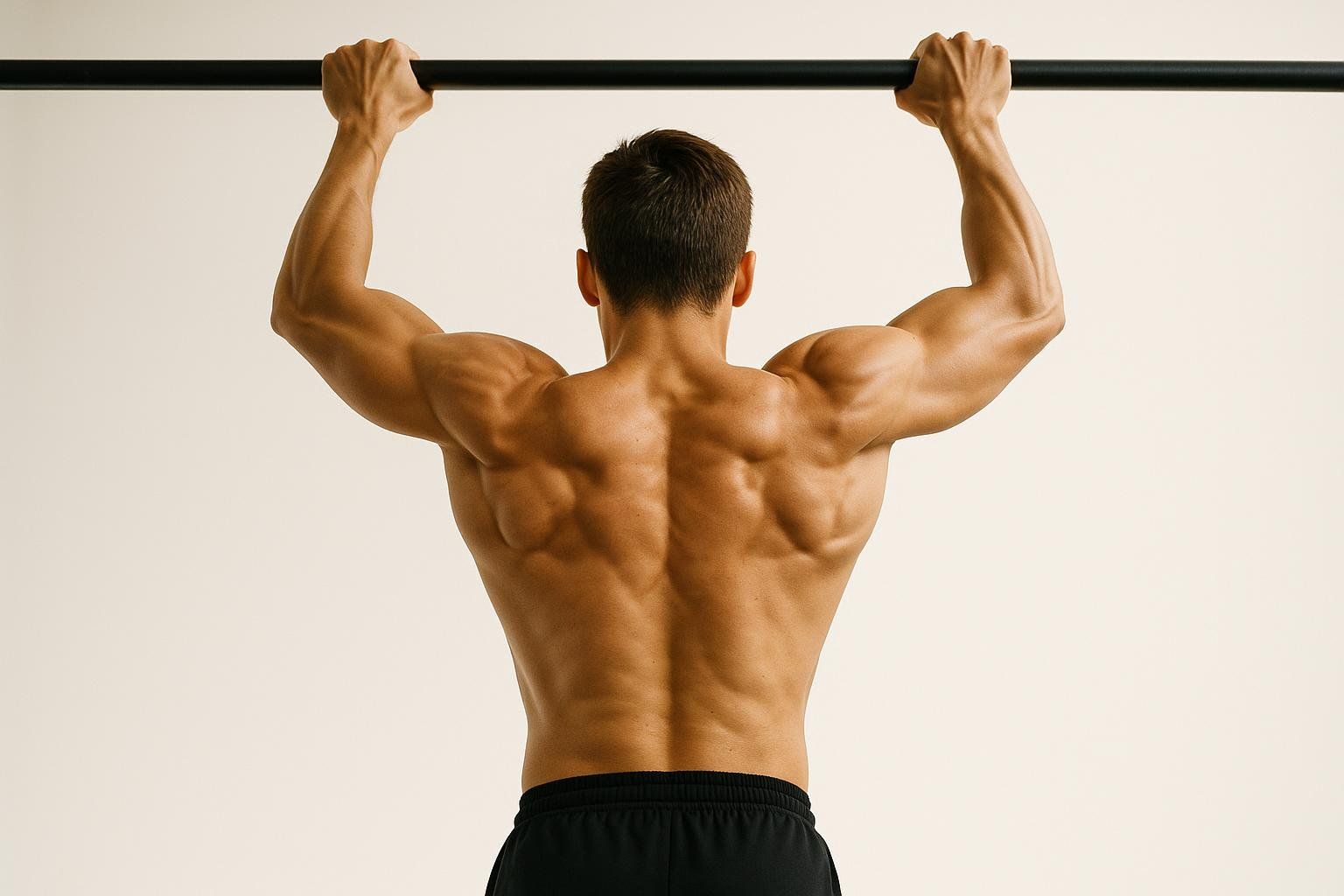
11. Pull-Ups/Assisted Pull-Ups
Pull-ups develop impressive upper body and grip strength while targeting your lats, rhomboids, and biceps.
How to perform:
- Hang from a pull-up bar with hands slightly wider than shoulder-width
- Pull yourself up until your chin clears the bar
- Lower with control to full arm extension
Modification: Use resistance bands or an assisted pull-up machine to build strength gradually.
12. Overhead Press
This movement builds shoulder strength and stability while engaging your core for total-body stability.
How to perform:
- Start with weights at shoulder level
- Press straight overhead until arms are fully extended
- Lower with control back to shoulder level
Programming Your Body Composition Workouts
For Beginners: Foundation Phase (Weeks 1-8)
Frequency: 3 days per week, non-consecutive days
Warm-up: 5-10 minutes of dynamic movement:
- Leg swings forward/back and side-to-side
- Arm circles
- Light marching in place
Workout Structure:
- Bodyweight squats: 2-3 sets of 8-15 reps
- Push-ups (modified if needed): 2-3 sets of 5-12 reps
- Glute bridges: 2-3 sets of 12-20 reps
- Planks: 2-3 sets of 20-45 seconds
Cool-down: 5-10 minutes of static stretching:
- Quad stretch
- Hamstring stretch
- Calf stretch
Focus: Master movement patterns, build consistency, gradually increase volume.
For Intermediate: Strength Development Phase
Frequency: 4 days per week (full body focus)
For intermediate trainees, full-body workouts provide the optimal balance of volume and recovery. Recent research published in the European Journal of Sport Science confirms this approach, showing that full-body resistance training routines are more effective for fat loss than split-body routines in well-trained individuals. The study found full-body training led to significantly greater reductions in whole-body fat mass over 8 weeks.
Sample Full-Body Workout:
- Goblet squats: 3 sets of 8-12 reps
- Dumbbell rows: 3 sets of 8-12 reps
- Push-ups or dumbbell press: 3 sets of 6-15 reps
- Walking lunges: 3 sets of 10-16 reps (total)
- Planks: 3 sets of 30-60 seconds
Focus: Progressive overload, improving form, adding complexity.
For Advanced: Power and Hypertrophy Phase
Frequency: 4-6 days per week with structured splits
Sample Lower Body Day:
- Barbell squats: 4 sets of 5-8 reps
- Conventional deadlifts: 3 sets of 5-8 reps
- Walking lunges with weight: 3 sets of 12-16 reps
- Glute bridges with weight: 3 sets of 15-20 reps
Sample Upper Body Day:
- Pull-ups or assisted pull-ups: 4 sets of 3-8 reps
- Overhead press: 3 sets of 6-10 reps
- Dumbbell rows: 3 sets of 8-12 reps
- Push-ups or dumbbell press: 3 sets of 8-15 reps
Focus: Heavy compound movements, advanced progression schemes, periodization.
The Role of HIIT in Body Composition
High-Intensity Interval Training (HIIT) provides unique benefits for body composition by combining cardiovascular benefits with muscle-preserving stimulus. Comprehensive research analysis shows HIIT can be equally effective as moderate-intensity cardio for fat loss when energy expenditure is equalized.
A recent meta-analysis of 36 studies on the effects of HIIT on body composition found it led to an average reduction in body fat percentage of 1.53% and fat mass of 1.86 kg (4.1 lbs), alongside an increase in lean mass of 0.51 kg (1.1 lbs).
Sample HIIT Circuits Using Body Composition Exercises
Beginner HIIT Circuit (12 minutes total):
Set Structure:
- 30 seconds bodyweight squats
- 30 seconds rest
- 30 seconds modified push-ups
- 30 seconds rest
- Repeat this entire sequence 6 times for a 12-minute workout
Advanced HIIT Circuit (15 minutes total):
Set Structure:
- 45 seconds goblet squats
- 15 seconds rest
- 45 seconds push-ups
- 15 seconds rest
- 45 seconds dumbbell rows
- 15 seconds rest
- Repeat this entire sequence 5 times for a 15-minute workout
Progressive Overload: The Key to Continued Results
Progressive overload—gradually increasing the stress placed on muscles—drives adaptation and prevents plateaus. Research shows that your body recomposition results depend on your fitness level, workout plan, and nutritional habits.
Methods of Progression:
- Increase Repetitions: Add 1-2 reps per set each week
- Add Weight: Increase resistance by 5-10% when you can complete all sets with perfect form
- Increase Sets: Add an extra set to challenge exercises
- Improve Range of Motion: Work toward full range of motion in all movements
- Decrease Rest Time: Reduce rest periods between sets to increase intensity
Common Body Composition Exercise Myths Debunked
Myth 1: "Muscle Weighs More Than Fat"

Truth: A pound of muscle and a pound of fat both weigh exactly one pound. However, muscle is denser than fat tissue, taking up about 18% less space. This is why your clothes may fit better even when the scale doesn't budge.
Myth 2: "You Can't Build Muscle and Lose Fat Simultaneously"
Truth: Scientific meta-analysis shows body recomposition is possible when combining progressive resistance training with adequate protein intake and proper training stimulus. The research suggests a minimum of 1.6 g/kg (0.73 g/lb) of body weight as a starting point for most adults, with specific populations potentially requiring individualized adjustments.
Myth 3: "Cardio Before Weights" or "Weights Before Cardio"
Truth: The optimal order depends on your primary goal. For body composition, prioritize strength training when you're fresh, then follow with cardio for additional calorie burn.
Myth 4: "You Need to Feel Sore to Build Muscle"
Truth: Muscle soreness (DOMS) is not a reliable indicator of muscle growth. Consistent progressive overload matters more than post-workout soreness.
Frequently Asked Questions
Q: How often should I do body composition exercises?
A: Beginners should start with 3 days per week, allowing at least one day of rest between sessions. Intermediate and advanced trainees can exercise 4-6 days per week with properly structured programming that allows muscle groups to recover.
Q: Can I do these exercises at home without equipment?
A: Absolutely! Many of the foundational exercises require only bodyweight. As you progress, you can add resistance with household items like water jugs or invest in basic equipment like dumbbells or resistance bands.
Q: How long before I see body composition changes?
A: Most people notice strength improvements within 2-3 weeks, visible muscle changes by 4-6 weeks, and significant body composition changes within 8-12 weeks with consistent training and proper nutrition. However, individual results vary based on factors like genetics, starting body composition, training adherence, and nutritional consistency.
Q: Should I do cardio along with these exercises?
A: Moderate cardio can complement strength training for overall health and additional calorie burn. However, excessive cardio may interfere with strength gains. Aim for 2-3 cardio sessions per week, focusing on activities you enjoy.
Q: What's the difference between toning and building muscle?
A: "Toning" refers to the appearance of visible muscle definition, which is achieved by building muscle and reducing body fat so the muscle shape can be seen.
Tracking Your Progress: Beyond the Scale

While traditional scales measure total weight, they can't distinguish between muscle, fat, and other tissue types. For accurate body composition tracking, consider these methods:
DEXA Scans: The Gold Standard
DEXA scans (Dual-Energy X-ray Absorptiometry) provide the most accurate measurement of body fat percentage, fat-free mass, and bone density. Unlike other methods, DEXA scans can detect regional changes in muscle and fat distribution, allowing you to see exactly how your exercise program is affecting your body composition.
Benefits of DEXA Tracking:
- Precision: Accurate to within 1-2% for body fat measurements
- Regional Analysis: Shows muscle and fat distribution in arms, legs, and trunk
- Bone Health: Monitors bone density alongside body composition
- Progress Validation: Reveals muscle gains even when total weight stays stable
- Program Optimization: Data-driven insights for adjusting training and nutrition
Regular DEXA scans every 3-6 months provide objective feedback on your body composition journey, ensuring your exercise program delivers the results you're working toward.
Conclusion: Your Body Composition Journey Starts Now
The science is clear: combining compound movements with progressive overload and accurate body composition tracking creates measurable changes in muscle mass and fat distribution.
Whether you're just starting your fitness journey with bodyweight squats and modified push-ups, or you're an experienced lifter perfecting your deadlift technique, the exercises in this guide provide a comprehensive framework for building muscle and burning fat simultaneously.
Remember, sustainable body composition changes take time. Focus on movement quality, gradual progression, and consistency rather than searching for shortcuts. Your body will reward this patient, science-based approach with lasting results that go far beyond what any scale can measure.
Ready to track your body composition changes with scientific precision? Book your DEXA scan with BodySpec to establish your baseline and validate the results of your hard work.
